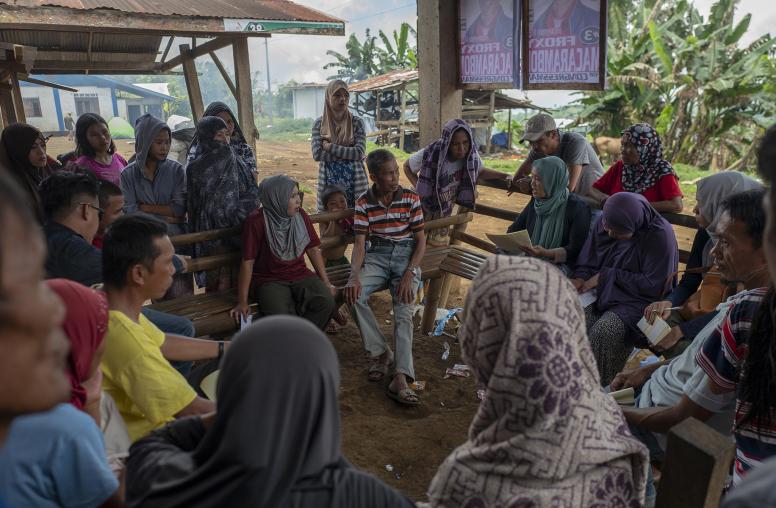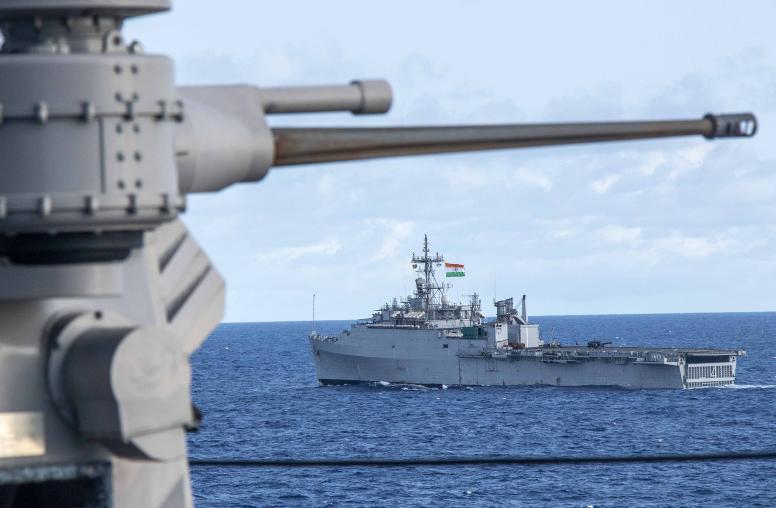Harnessing Operational Systems Engineering to Support Peacebuilding
Report of a Workshop by the National Academy of Engineering and the United States Institute of Peace Roundtable on Technology, Science, and Peacebuilding
THE USIP BOOKSTORE IS TEMPORARILY UNAVAILABLE
On November 20, 2012, the Roundtable on Science, Technology, and Peacebuilding – a partnership between the U.S. Institute of Peace and the National Academy of Engineering – held a workshop in Washington, DC, to explore when operational systems engineering can be a useful tool for improving the design, implementation, and effectiveness of peacebuilding interventions. This summary provides a synopsis of the day’s discussion.
Operational systems engineering is a methodology that identifies the crucial components of a complex system, analyzes the relationships among those components, and creates models of the system to explore its behavior and possible ways of changing that behavior. In this way, it offers quantitative and qualitative techniques to support design, analysis, and governance of systems of diverse scale and complexity for the delivery of products or services.
Many peacebuilding interventions function essentially as the provision of services in response to demands elicited from societies in crisis. At its core, operational systems engineering attempts to understand and manage the supply of services and products in response to such demands. Thus, the question before the workshop was, “When can operational systems engineering, appropriately applied, be a useful tool for improving the elicitation of need, the design, the implementation, and the effectiveness of peacebuilding interventions?”
Peter Cherry, independent consultant and retired analyst and executive from Science Applications International Corporation (SAIC), and Sam Worthington, president and CEO of InterAction, convened a group of experts in peacebuilding and operational systems engineering. The goal of the workshop was to initiate a dialogue between peacebuilders and operational systems engineers to begin to identify additional types of nonnumerical systems methods that might be available for application to peacebuilding.
Co-published by the U.S. Institute of Peace and the National Academy of Engineering, this summary provides a synopsis of the workshop’s discussion. It is intended to help policy makers understand the issues and opportunities associated with using operational systems engineering as a tool for improving peacebuilding.




